La página en blanco, o el lienzo, tanto da, precisamente por su blancura, engendra sus miedos. Malevich y su "cuadrado blanco sobre fondo blanco" trató de bordearlos jugando sobre el límite de su abismo. El "blanco manchado" que allí se desplegaba, no era por tanto un color sino un delicado oxímoron a la altura de "inteligencia militar" o "realidad virtual". El plomo sustentó la química del blanco en la historia del la pintura hasta la llegada a escena del óxido de titanio. Lawrence Herbert creó la guía Pantone para entrar en matices y en ella hasta se inventó un "blanco esperma", pero fue incapaz de distinguir en su carta cromática ni la mitad de matices del blanco que posee para el pueblo Inuit. El mundo cotidiano conoce bien esas sutilezas aunque sean de difícil definición. Sin el "blanco roto" el diseño de interiores seguramente no existiría como disciplina. (Del mismo modo, el universo ideológico de todo "libro blanco" sostiene la moral de instituciones que, de otro modo, difícilmente podrían justificar su utilidad pública).
De los colores manejados en la arquitectura el blanco es el más neutro y sin embargo el más cargado de historia. "El blanco, ese color que no pesa", decía Alejando de la Sota. No solo no pesa, incluso hace levitar las cosas y las casas. Que se lo digan a Mies Van der Rohe y a toda la arquitectura blanca de Japón. El blanco de la cal ha brindado más unidad y congruencia a las ciudades y los pueblos que todos los planes urbanos juntos. Ese blanco hirviente es abrasivo y depurador. La higiene, durante siglos, dependió antes del uso del color blanco de la cal, que del jabón.
El blanco nostálgico de Le Corbusier cuando cantaba a un pasado donde las catedrales eran de ese color no era otra cosa que un programa fundacional de la modernidad antes que un alegato a la realidad. Entre los blancos más hermosos de la historia de la arquitectura están los de Brunelleschi, que precisamente por estar acompañados de grises adquirían mayor brillo. Los del mármol Pentélico, blancos como la luz gracias a la lejanía del mar. Los de Palladio y Alberti y sus piedras calcáreas. Los de los interiores rococó, empleados para hacer destacar lo demás...
Sin embargo el siglo del blanco es el XX. Desde allí Van Doesburg decía: "El Blanco es el color espiritual de nuestra era, la limpieza que dirige todas nuestras acciones. No es blanco manchado ni blanco marfil, sino blanco puro". Antes que un color, para la modernidad lo blanco fue una bandera (algo impura, ya que ni el mismo Le Corbusier hizo nunca un edificio completamente blanco). Lo blanco era el futuro. Era una promesa. Inclumplida, bien es cierto.
En relación a lo blanco, cada uno tiene sus preferencias pero hay un blanco del que uno no se puede olvidar. Uno que permanece grabado en el cerebro. En mi caso, es el blanco de las nubes que flotan como corderos sobre el tambor de la Biblioteca de Estocolmo de Asplund. Si hay unicornios blancos es por ese tipo de blanco recordado.
The blank page, or the canvas, it doesn't matter, precisely because of its whiteness, engenders its fears. Malevich and his "white square on a white background" tried to skirt them, playing on the edge of their abyss. The "stained white" that unfolded there was not a color but a delicate oxymoron on par with "military intelligence" or "virtual reality." Lead supported the chemistry of white in the history of painting until titanium dioxide took the stage. Lawrence Herbert created the Pantone guide to delve into nuances, even inventing a "sperm white," yet he was unable to distinguish half of the white shades possessed by the Inuit people in his color chart. The everyday world is familiar with these nuances, albeit challenging to define. Without "off-white," interior design would likely not exist as a discipline. (Similarly, the ideological universe of every "white paper" upholds the morals of institutions that, otherwise, would struggle to justify their public utility.)
Of all the colors used in architecture, white is the most neutral and yet the most laden with history. "White, that color that carries no weight," said Alejandro de la Sota. Not only does it carry no weight, it even makes things and houses levitate. Just ask Mies Van der Rohe and all the white architecture of Japan. Lime white has brought more unity and coherence to cities and towns than all urban plans combined. That scorching white is abrasive and purifying. Hygiene, for centuries, depended more on the use of lime white than on soap.
The nostalgic white of Le Corbusier when he sang of a past where cathedrals were of that color was nothing more than a foundational program of modernity rather than a plea for reality. Among the most beautiful whites in architectural history are those of Brunelleschi, which acquired greater brilliance precisely because they were accompanied by grays. The Pentelic marble, white as light thanks to its distance from the sea. The limestone of Palladio and Alberti. The Rococo interiors, used to make everything else stand out...
However, the century of white is the 20th. From there, Van Doesburg said, "White is the spiritual color of our era, the cleanliness that guides all our actions. It is not stained white or ivory white, but pure white." For modernity, white was more than just a color; it was a flag (albeit impure, as not even Le Corbusier ever built a completely white building). White was the future. It was a promise. Unfulfilled, it is true.
Regarding white, everyone will have their preferences, but there is one white that one cannot forget because is engraved into the mind. In my case, the white of the clouds floating like lambs over Asplund's Stockholm Public Library. If there are white unicorns, it is because of that kind of remembered white.










_-_left_hand_screen,%20imagen%20wikipedia.jpg)








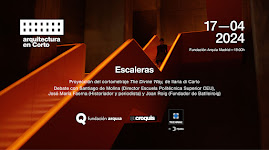




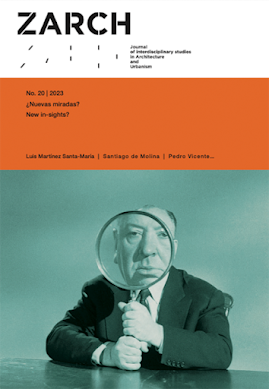
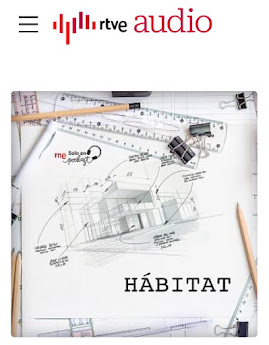
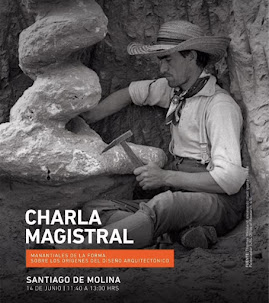
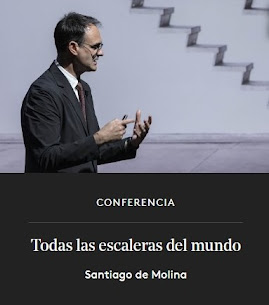

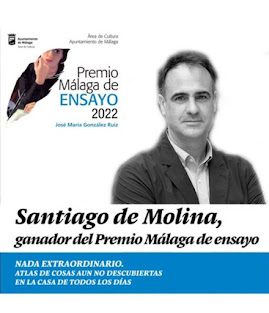


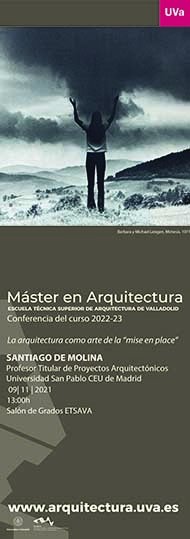
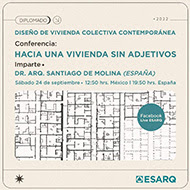













































































No hay comentarios:
Publicar un comentario